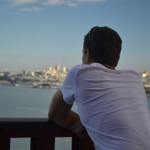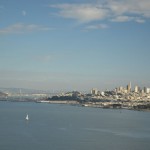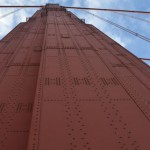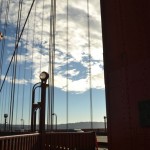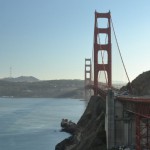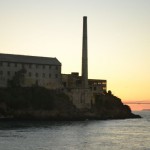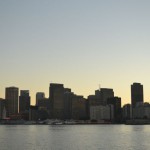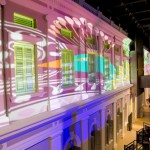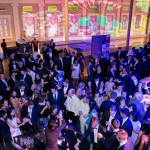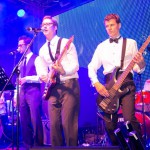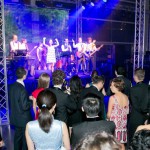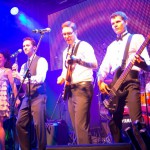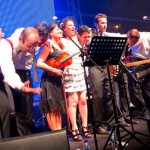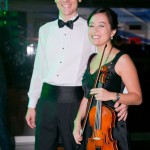After coming back from Zanzibar, we spent one night in Johannesburg to rest, re-pack, and wash all our dirty clothes from Kilimanjaro. Then, we flew down to Cape Town to spend New Year’s Eve there, since a bunch of friends from INSEAD were also going to be around, flying in from Europe and the US. We had booked the accommodation only on very short notice, and were lucky to still get a spare room at the same B&B that we stayed at on our first visit to Cape Town, Upperbloem in the Bo-Kap.
On the night of our arrival, we went out to Franschoek for dinner – our friends had been on a wine tour all day so we met them there out in the wine lands. It was awesome to see all of them again and catch up with what was happening – most of them we hadn’t seen since graduation over a year ago.
On the morning of New Year’s Eve, we didn’t do very much – the only thing that was on our list was to visit the cheese shop in Cape Town that we had read about in numerous articles. We both really like the South African artisanal cheeses, and in any article on the internet about South African cheeses, this cheese shop was mentioned. Getting there, however, we were quite disappointed – the selection wasn’t huge and the person behind the counter was the most unmotivated salesperson I have ever encountered. She wouldn’t tell us anything more about the cheeses than we could read on the labels ourselves. After this experience, I am so glad that our cheese shop here in Johannesburg, Cheese Gourmet in Linden, seems to be so much better!
In the evening, we went with all our INSEAD friends to Madame Zingara, which basically is a circus / variety theater show over dinner. It was a lot of fun, and we enjoyed spending New Year’s with our classmates like this – unlike last year, where we slept through New Year’s in Yangon because we had an early flight the next day.
The next day, after having slept off our hangover, we headed out to Kirstenbosch Gardens, which is said to be one of the most beautiful botanic gardens in the world. We walked through the park there, which contains around 9000 of the 22000 plant species found in South Africa, and is really very well set up. After having had lunch there as well, we headed out to Llandudno beach were a few of our friends were spending the day sunbathing. In the evening, the rest of the group showed up as well, and we had a very nice sunset picnic on the beach – a very nice finish to our visit in Cape Town, since the next morning we had to leave again for Johannesburg, where we had a few more days to spare before having to go back to work.

